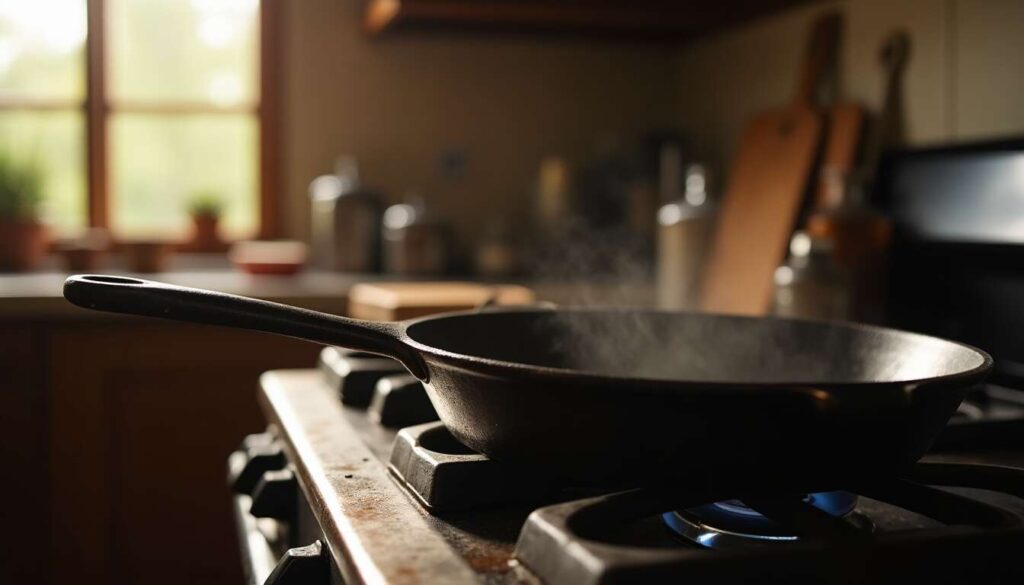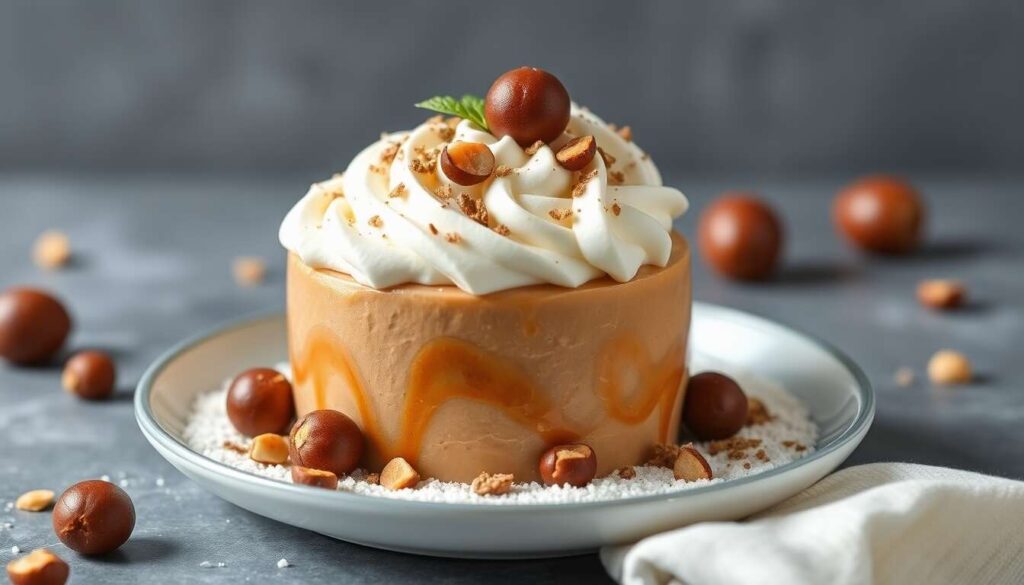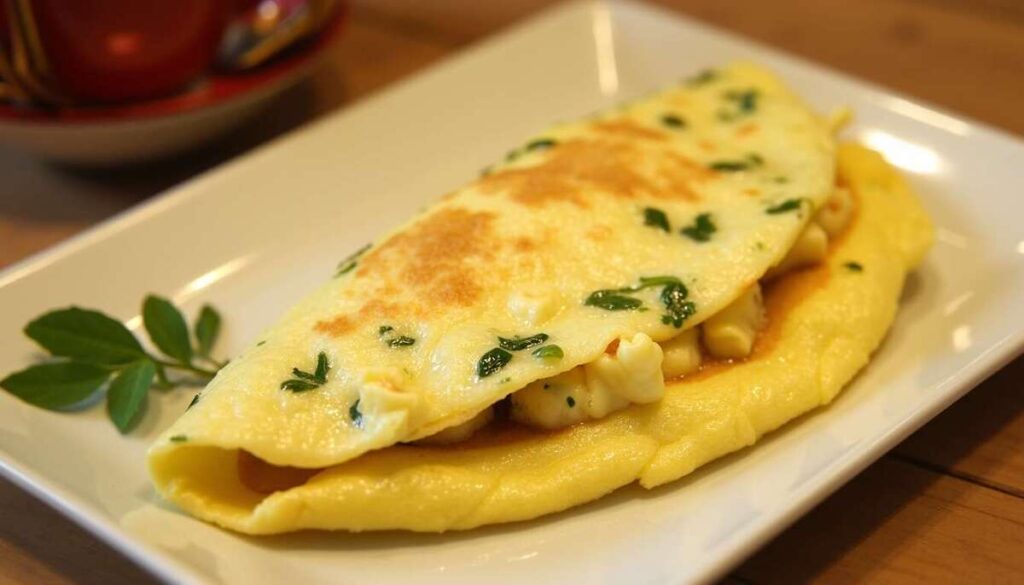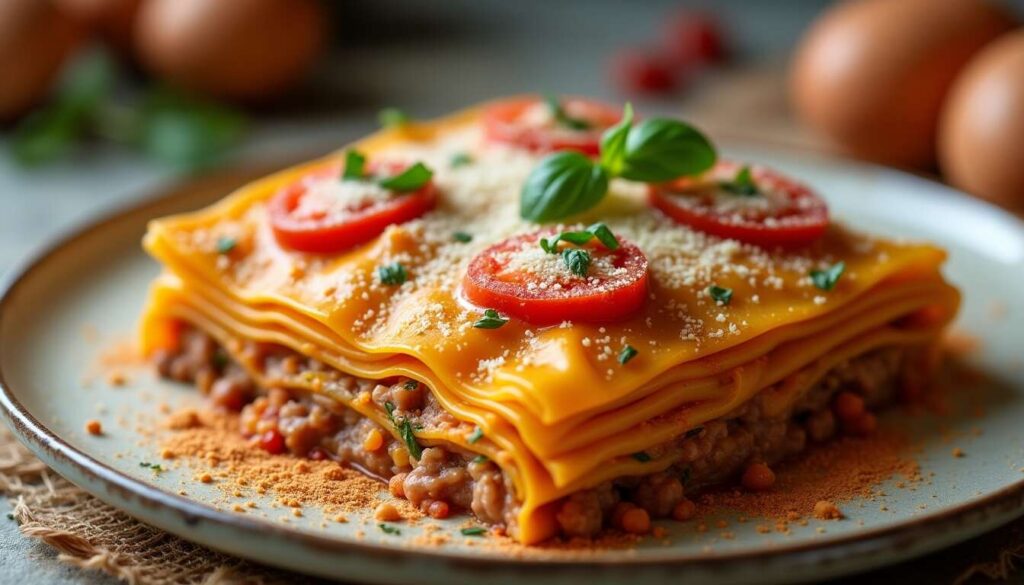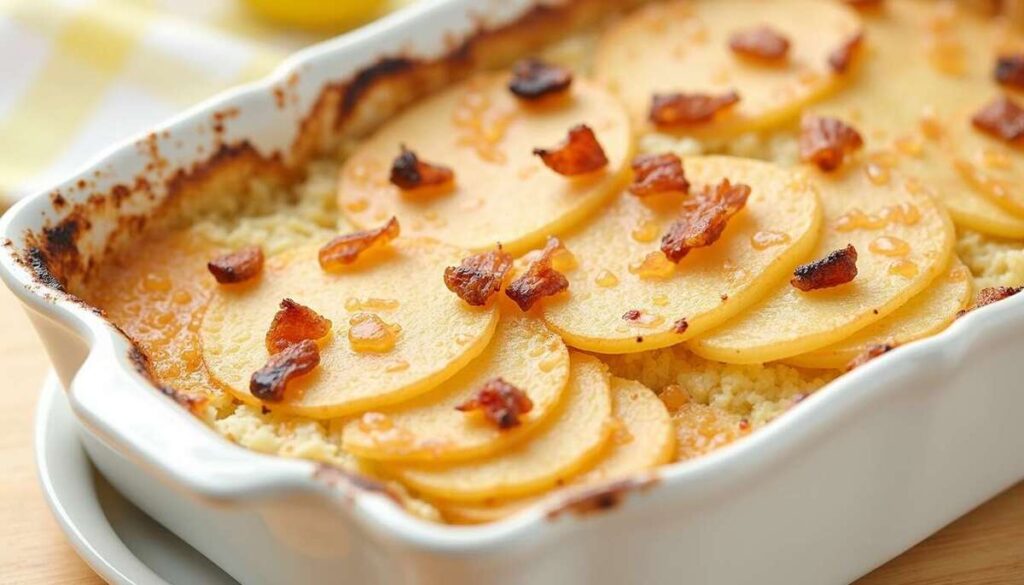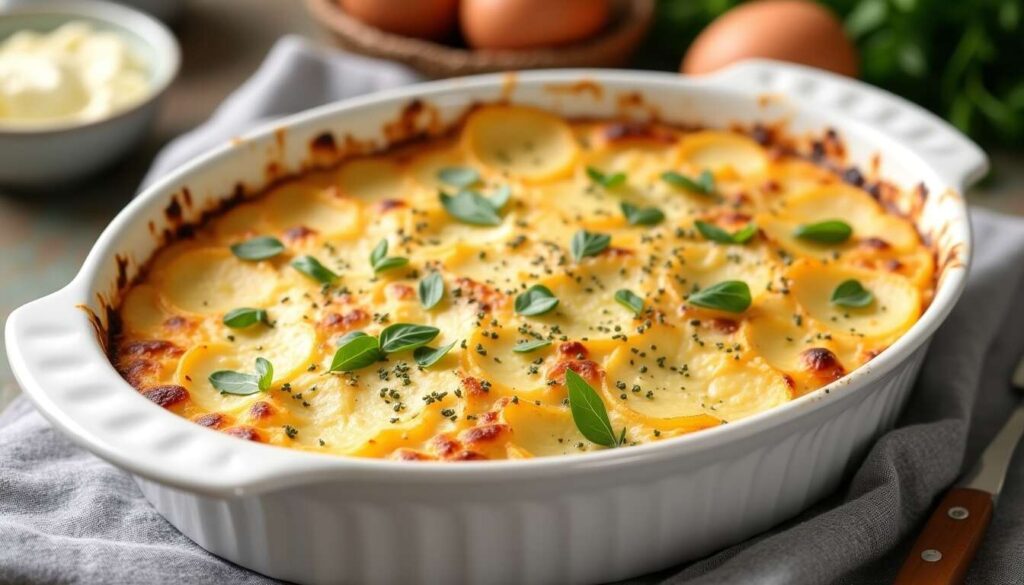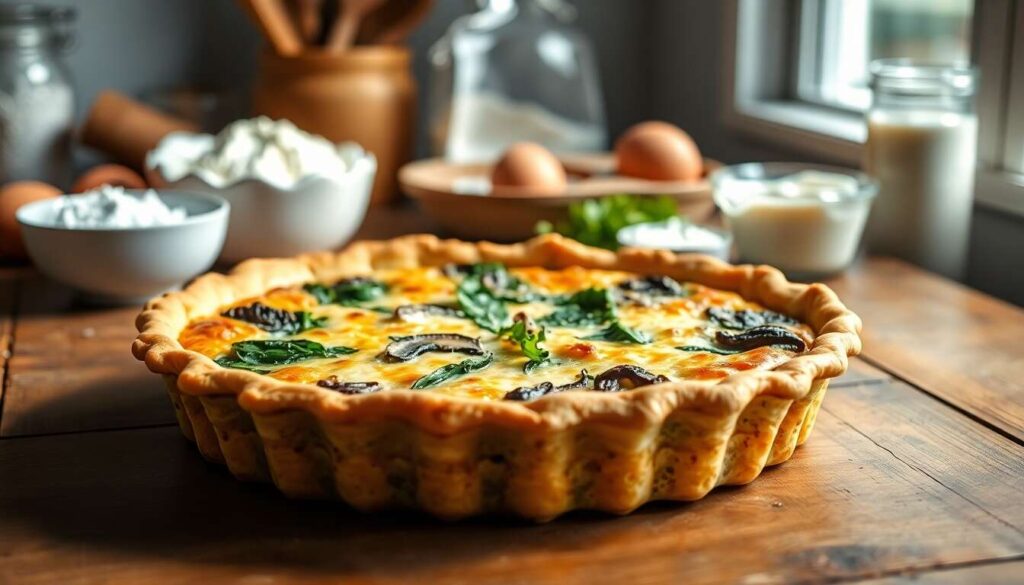The great question that captivates culinary enthusiasts is: should you really preheat your pan before diving into the preparation of your favorite dishes? While some regard this step as essential, others downplay its significance. Understanding the impact of preheating may indeed transform your culinary experience.
Understanding the Importance of Preheating a Pan
The Basics of Preheating
Preheating a pan may seem like a trivial action, but it plays a crucial role in how heat is distributed during cooking. A properly heated pan ensures even heat distribution, thus allowing for consistent cooking throughout.
The Differences in Material
It is vital to consider the material of your pan, as each type reacts differently to preheating:
- Cast iron pans retain heat better and require a longer preheating time.
- Stainless steel pans should be preheated to a moderate temperature to prevent food from sticking.
- Non-stick pans should not be heated empty at high temperatures.
The thermal properties of each material dictate their performance in the kitchen.
Impact on Food Texture
A proper preheating directly influences the texture of your food. For instance, when cooking meat, it enables the formation of a crispy crust while retaining moisture inside. Skipping this step significantly increases the risk of uneven cooking and drying out your ingredients.
Having established the significance of preheating, it is worthwhile to consider what experts have to say about this essential culinary practice.
Experts Weigh In: Heating to Cook Better
Perspectives of Professional Chefs
Chefs often concur that preheating is an indispensable step for achieving high-quality results. Insufficiently heated pans can compromise the flavor and appearance of the dishes, especially those that require precise cooking techniques.
Nutritionists’ Viewpoint
Beyond mere flavor, preheating can have nutritional implications. Many nutritionists argue that cooking at the correct temperature helps better preserve essential nutrients, particularly when preparing vegetables.
Culinary Engineers’ Insights
Culinary engineers also emphasize the importance of preheating for food safety. Properly managing temperature can eliminate certain health risks, including the proliferation of bacteria that improper preheating might fail to kill.
After exploring these viewpoints, let’s delve into the specific advantages that preheating can offer when cooking our favorite dishes.
Preheating and Its Advantages for Cooking
Uniform Cooking
One of the primary reasons to preheat a pan is to ensure uniform cooking. A well-heated pan creates a surface perfectly suited for searing food evenly, preventing undesired burned or undercooked spots.
Reduction of Sticking
Another notable advantage is the reduction of sticking. When a pan is adequately heated, a fine layer of air forms between the pan’s surface and the food, minimizing sticking without requiring excessive amounts of fat.
Optimization of Cooking Time
Preheating also speeds up the cooking process. Once the pan reaches the desired temperature, you’ll find that food cooks faster and more efficiently, allowing you to save time in the kitchen and maximize your culinary efforts.
Cutting Board: How to Clean It Naturally
After considering these advantages, it is crucial to know when your pan is ready for use. Let’s move on to this vital step.
How to Know If Your Pan Is Ready to Use
The Water Method
A simple way to check if your pan is ready is to use the water method. A few drops of water poured onto a heated pan should evaporate immediately, forming dancing beads on the surface. This reaction indicates that the temperature is optimal.
Visual Cues
Observing the surface of the pan can also provide valuable hints. A well-heated pan often exhibits a slight change in color and emits a small visible steam. These signs are reliable indicators that you may begin cooking.
Using a Thermometer
For those seeking more precision, an infrared thermometer is recommended. This handy device allows for instant temperature measurement of the surface, eliminating any uncertainty. Simply aim the thermometer at the pan to find out its exact temperature.
Having understood how to determine if your pan is ready, we shall now explore the most effective techniques for optimizing the preheating of your pan.
Techniques for Optimal Preheating of Your Pan
Choosing the Right Heat
The first step to optimal preheating is selecting the appropriate heat intensity. It is advisable to start by heating the pan on medium heat. This helps to avoid an excessively rapid increase in heat, which can be detrimental for some coatings. Once the desired temperature is reached, adjust the flame according to your culinary needs.
Suitable Oils
Using oils that withstand heat well, such as olive oil or canola oil, can help ensure successful cooking. These oils have a high smoke point, making them ideal for preventing burning in a well-heated pan.
Preheating Duration
Finally, allowing a sufficient preheating time is crucial. A stainless steel or cast iron pan typically requires about three to four minutes for effective preheating. Non-stick pans often require less time to avoid damaging the coating.
Having mastered preheating techniques, it is also essential to be aware of common mistakes to avoid when heating your pan.
Avoiding Common Mistakes When Heating Your Pan
Overheating the Pan
It is critical not to overheat your pan. Overheating can compromise the coating of your pan, especially for non-stick varieties, potentially leading to hazardous thermal degradation.
Using Improper Utensils
Utilizing inappropriate utensils can also create issues. Metal utensils can scratch the bottoms of certain pans, making effective preheating difficult. Opt for wooden or silicone utensils to preserve your pan and ensure even cooking.
Skipping Regular Preheating
Neglecting preheating in an attempt to save time can ultimately lead to complications. Food may stick or cook unevenly, increasing stress during the preparation of your dish.
Once these errors are understood and avoided, it’s only natural to address frequently asked questions regarding the preheating of pans.
Potatoes Will Stay Fresh Longer and Won’t Sprout Thanks to One Food Placed Next to Them
Frequently Asked Questions About Preheating Pans
Why Is the Pan Smoking?
A smoking pan can indicate either poor oil choice or excessively high temperature. By identifying the appropriate oil and adjusting the temperature, you can avoid this common issue and create a calm cooking environment.
How Long Should You Preheat a Cast Iron Pan?
Cast iron, being an excellent thermal conductor, generally requires a preheating time of 5 to 6 minutes over medium heat. This duration allows the utensil to reach a uniform temperature, which is fundamental for perfect cooking.
When Should You Add Oil to the Pan?
It’s advisable to preheat the pan first before adding oil. This helps to better gauge the temperature and prevents the oil from smoking too quickly. Oil added at the right moment can spread evenly, ensuring a superior culinary outcome.
After addressing these inquiries, let’s discuss whether it’s ever appropriate to skip preheating.
Can Preheating Be Skipped: What to Consider
Recipes That Require Minimal Preheating
Some preparations, such as stews or low-temperature cooking, can tolerate less preheating. In these cases, the significance of preheating diminishes, as the focus shifts to slow and gradual cooking.
Modern Appliances
With technological advancements, many modern cooking appliances feature rapid heating systems. These innovations can sometimes reduce the need for traditional preheating while still ensuring optimal cooking.
Personal Preferences
Ultimately, the decision to preheat often depends on personal preferences and culinary habits. If your current methods yield satisfactory results and your dishes please your palate, it may very well be acceptable to continue without modifying your practices.
In summing up these reflections, we arrive at practical recommendations that highlight the undeniable benefits of preheating to enhance our culinary experience.
Preheating your pan is a practice worthy of our attention. It guarantees even and flavorful cooking while saving us time in the kitchen. Understanding its importance and techniques for doing it well can significantly improve the quality of our meals. Nevertheless, every situation is unique, and our suggestion is to remain attuned to our culinary needs and desires.

